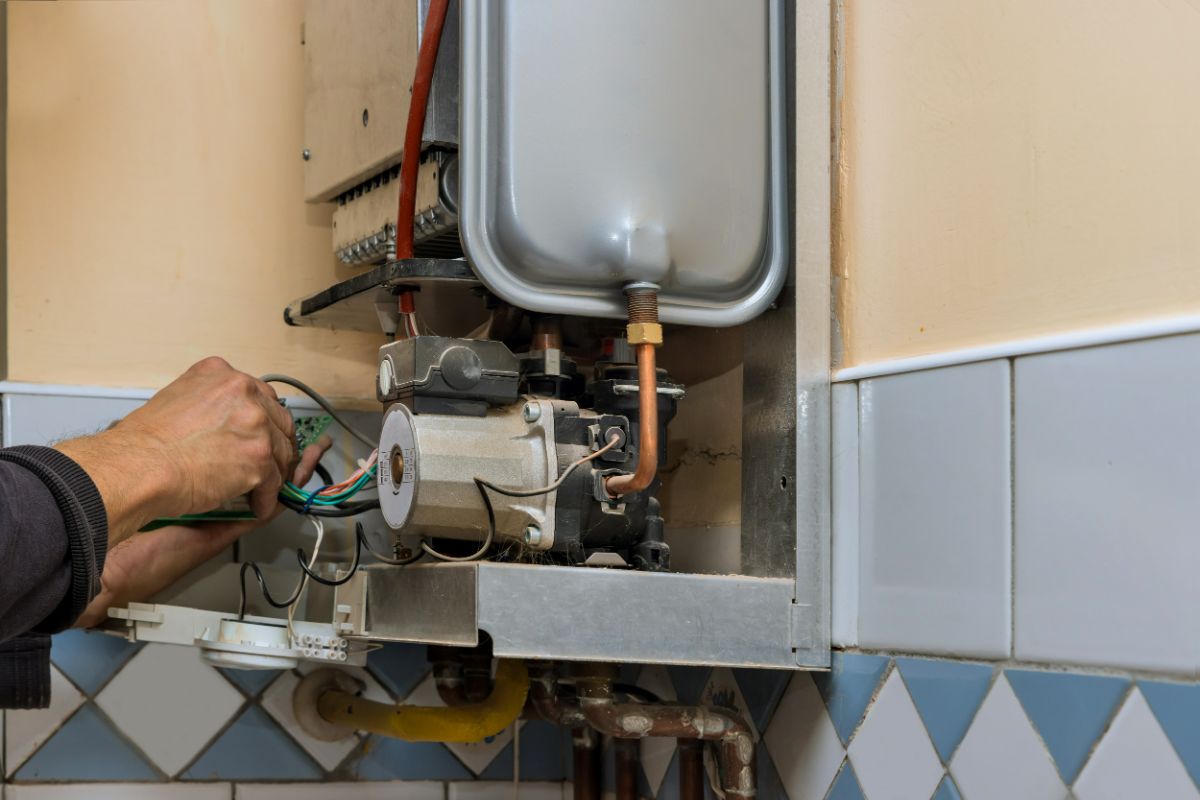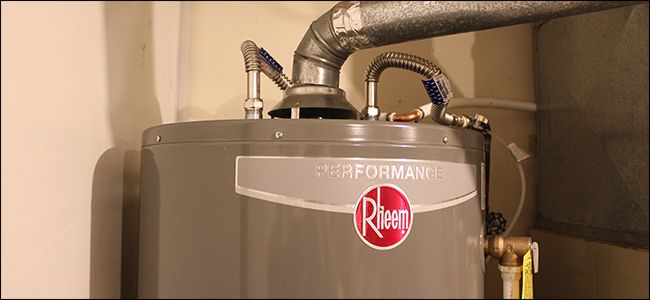Maintaining Your Home's Hot Water System: Important Tips
Maintaining Your Home's Hot Water System: Important Tips
Blog Article
We have stumbled on this article involving Tips on Maintaining a Water Heater directly below on the web and think it made perfect sense to relate it with you on my blog.

Hot water is vital for day-to-day comfort, whether it's for a revitalizing shower or washing dishes. To ensure your warm water system runs efficiently and lasts longer, normal upkeep is essential. This write-up supplies sensible suggestions and understandings on how to preserve your home's warm water system to avoid disruptions and expensive fixings.
Introduction
Preserving your home's warm water system might seem overwhelming, however with a couple of simple steps, you can guarantee it runs smoothly for many years to find. This guide covers everything from comprehending your warm water system to do it yourself maintenance suggestions and understanding when to call expert aid.
Significance of Preserving Your Warm Water System
Normal upkeep not just prolongs the life-span of your hot water system yet additionally ensures it runs efficiently. Overlooking maintenance can result in decreased performance, greater energy expenses, and also early failing of the system.
Indicators Your Warm Water System Demands Upkeep
Knowing when your warm water system requires attention can avoid major problems. Watch out for indicators such as inconsistent water temperature, unusual noises from the heater, or rusty water.
Flushing the Water Heater
Purging your water heater removes debris accumulation, enhancing effectiveness and prolonging its life.
Monitoring and Replacing Anode Rods
Anode poles stop deterioration inside the storage tank. Checking and replacing them when worn out is crucial.
Complicated Concerns Needing Expert Assistance
Examples consist of major leakages, electric problems, or if your hot water heater is constantly underperforming.
Routine Professional Maintenance Benefits
Professional maintenance can include comprehensive inspections, tune-ups, and making certain conformity with safety and security criteria.
Checking and Changing Temperature Setups
Readjusting the temperature level settings guarantees optimal efficiency and security.
DIY Tips for Maintenance
You can carry out several upkeep tasks yourself to maintain your hot water system in leading condition.
Checking for Leaks
Regularly evaluate pipes and connections for leakages, as these can bring about water damages and greater expenses.
Comprehending Your Hot Water System
Prior to diving into upkeep tasks, it's helpful to recognize the basic parts of your hot water system. Commonly, this includes the water heater itself, pipes, anode poles, and temperature controls.
Month-to-month Maintenance Tasks
Normal monthly checks can aid catch small concerns before they rise.
Evaluating Stress Relief Valves
Examining the pressure safety valve guarantees it works appropriately and avoids too much pressure accumulation.
Insulating Pipes
Shielding warm water pipes lowers heat loss and can save power.
When to Call a Professional
While do it yourself upkeep is advantageous, some concerns require expert expertise.
Final thought
Normal upkeep of your home's hot water system is vital for effectiveness, long life, and price savings. By adhering to these suggestions and recognizing when to look for specialist help, you can guarantee a trusted supply of hot water without unforeseen interruptions.
How to Maintain an Instant Hot Water Heater
Before tinkering with your hot water heater, make sure that it’s not powered on. You also have to turn off the main circuit breaker and shut off the main gas line to prevent accidents. Also turn off the water valves connected to your unit to prevent water from flowing into and out of the appliance. 2. When you’re done, you have to detach the purge valves’ caps. These look like the letter “T†and are situated on either side of the water valves. Doing so will release any pressure that has accumulated inside the valves while at the same time avoid hot water from shooting out and burning your skin. 3. When the purge valves’ caps are removed, you have to connect your hosing lines to the valves. Your unit should have come with three hoses but if it didn’t, you can purchase these things from any hardware or home repair shops. You can also get them from retail stores that sell water heating systems. Read the user’s manual and follow it to complete this task properly. When the hosing lines are connected, open the purge port’s valves. 4. You should never use harsh chemical cleaners or solutions when cleaning your unit. Make use of white vinegar instead. It should be undiluted and you’ll probably use about 2 gallons. 5. Now flush your water heater. This task should probably take about 40 minutes. We can’t give you specific directions for this because the procedure is carried out depending on the type, model and brand of your heater. With that being said, refer to the user’s manual. 6. When you’re done draining the unit, you have to turn off the purge port valves again. Remove the hosing lines that you earlier installed on each of the water valves. Put the valve caps (purge port) back in their respective places and be very careful so as not to damage the rubber discs that are found inside these caps. 7. Now that everything’s back in place, check your user’s manual again to find out how to reactivate your water heating system. 8. Once it is working, turn one of your hot water faucets on just to let air pass through the heater’s water supply pipes. Leave the tap on until water flows smoothly out of it. https://www.orrplumbing.com/blog/2014/september/how-to-maintain-an-instant-hot-water-heater/

As a person who reads on What Kind of Maintenance Do Water Heaters Need?, I think sharing that piece of content was a smart idea. For those who appreciated our post if you please remember to pass it around. Thank you for taking the time to read it.
Source Report this page